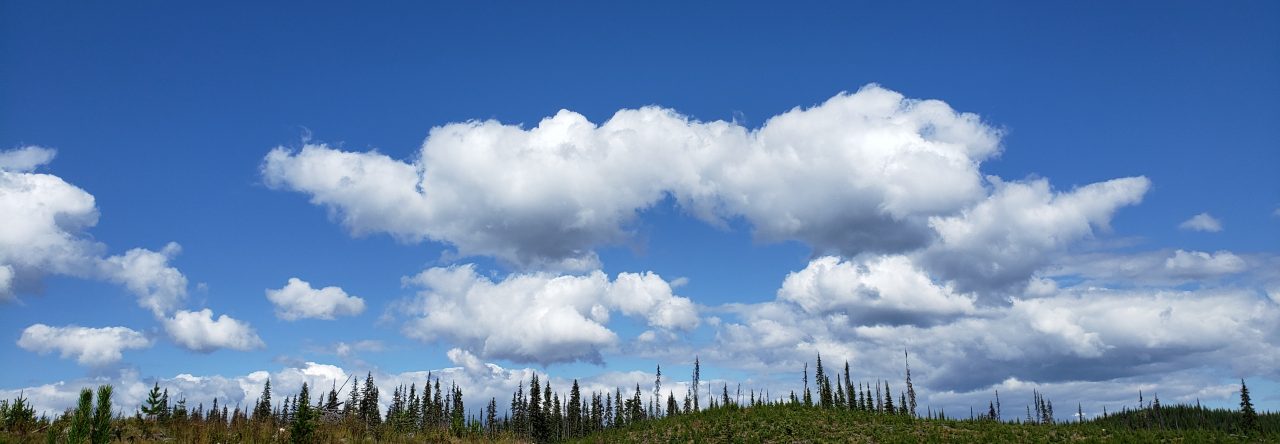(Originally published as a column in the AM News on January 16, 2015)
The good thing about sleeping in an igloo is that when you get up you’re already dressed for the day. In our case, that helped even more since we slept in and woke up at 8am and school was to start half an hour later. We made it though.
Lunches had been packed the night before, so with simple breakfast and a quick fixing of the igloo morning hair, we were on the go soon after, pondering contently over our sleeping in and under the snow.
My youngest wanted to see that happen two years ago when we built the first igloo in the back yard. Back then, we had hot chocolate one night under the snow magic cupola with candles on and that was good, but not enough. We postponed the sleeping in the igloo until it got too late and the said construction was used for impromptu sledding and one-of-a-kind games. Fun but not enough.
Last year’s winter had too little snow to build an igloo, but that changed radically this year with the arrival of truckloads of snow that fell as we made our way into the new year. The igloo had to happen and it did.
A few days later and still in time before any flurries or, God forbid, rain, we decided to make it happen. So we waddled our way in the way penguins do, on our tummies, wiggling all the way in, and became privy to a night sleep like no other.
Yes, the floor did get a bit icy in the meantime, hence less soft than that of a newly built igloo, but many wool blankets and good sleeping bags helped us through. We had a couple of additional breathing holes – no such thing in the arctic where the outside temperatures are less lenient than here – and with all the snuggling in the world, the four of us drifted off to sleep. Hats on, of course.
Stepping outside of one’s comfort zone is always a journey of discovery. Around the dinner table or during other times too, we often talk about the ways of the past. We read about the way people used to live (some still do) and the contrast with today’s comfortable lifestyle bursting at the seams with needed and less needed, or plain useless amenities is truly shocking.
With the everyday journey through life here and now, we want the boys to be mindful of the world around them not in an entitled way, but in a grateful and awe-inspired one. We want them to see the nature not as a medium they have to conquer, dominate and tame so that they are safe, but as an environment that offers protection and enables life by the sheer design of it, and is worth of respect. Moreover, children should be guided by us adults, in harbouring respect for the past and the people of the old who lived in nature, with nature and with knowing that they cannot ruin it, lest their lives will be ruined as well.
We have nowadays apps telling us how whether we are walking fast enough, whether we are sleeping enough and they guide us through the process of buying and cooking our food. We have books and instructions and workshops for everything, and somehow over the course of many generations, we have learned that being inside the walls and having access to a lot keeps us safe and happy. We have become contained.
Comfortable homes and decent living conditions are a great gift of today’s world- albeit not for everyone on the planet unfortunately. Trouble is, if it is not intertwined with reverence towards the living world that is the ultimate and primordial provider of building blocks that allow us to make it happen, we fall, and our children follow swiftly, into the trap of believing we are the masters of it all.
Connecting with nature in ways that allow for contemplation and awe help us trace our steps back and in turn, we help our children understand which way they should go if they want to make the world last. We have to achieve respect for nature, and no, it is not optional, not if we mean for our children to have a planet to live on. Respect and gratitude for life are big yet easy to ignore concepts.
You do not have to be a dedicated environmentalist to realize that our natural world is out of balance, nor do you have to be a parent to think and worry of what lies ahead for today’s children and for all of us who will still be around for a few good decades.
Simplifying our lifestyle short or long term by taking ourselves out of the comfort cradle we have become so accustomed to, helps us revive concepts and instincts that are not gone but merely asleep. Putting ourselves in situations that deprive us of the usual comfort may just be the catalyst for that. Sleeping in the igloo was not the most comfortable in some ways, but it was a revealing experience in all ways.
With no new year resolutions in place still, and through waking up in the middle of the sleeping outside night with the feel of fresh cold air stuck to my face, I realized that I should just stick to the one resolution I try to make every day and often forget, but get reminded of through something like igloo sleeping: to be grateful for the simple things within reach that I need to survive, and immensely grateful for everything else on top of it.








